What Gets Employees Excited to Return to the Office?
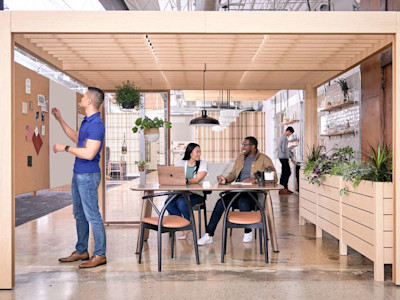
When Covid-19 was at its peak in 2020, the government shutdown caused many businesses to transition to remote work. Initially, we were told that these mandates would be in place for two weeks. Over two years later many companies still have a large number of their staff working from home even though required safety protocols and shutdowns have been removed for quite some time. Many employers have begun to lobby for a return to the office. But there has been major pushback from employees. How can companies get employees excited to return, instead of requiring them to?
Why Organizations Want Employees to Return to the Office
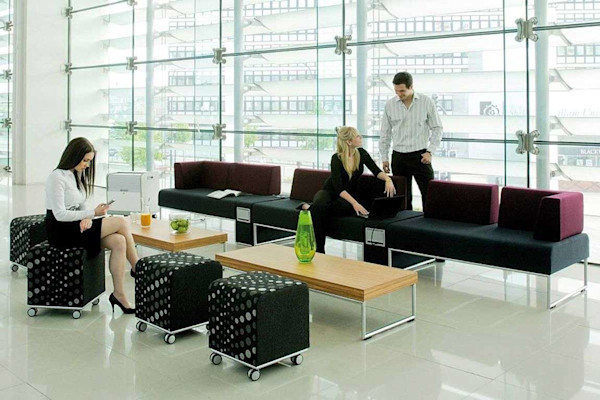
“Forcing employees back into nonflexible work arrangements could leave organizations vulnerable to talent being actively poached by employers that offer the kind of flexibility employees have come to expect during the pandemic." - Brian Kropp, Chief of HR Research, Gartner
So how can we reconcile these two seemingly opposing positions? Start by thinking about the benefits of being in the office, and how to get employees to choose to come to work. Mandatory return to the office plans and inflexible scheduled days aren't working. In fact, they are resulting in many top employees finding roles within organizations that support a more flexible schedule and have work-from-home options. So instead, focus on small changes that might get employees excited to return to the office.
The Upside of Working from the Office
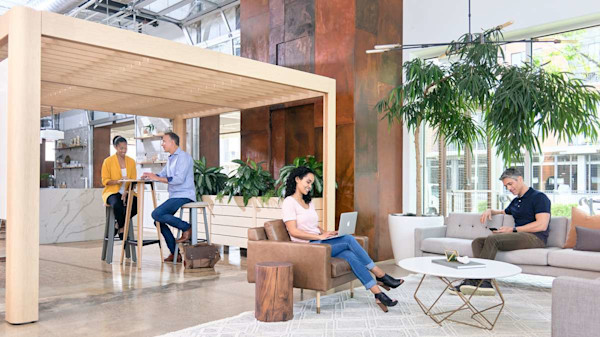
When the office is actually your home, it is easy to let work spill over into your family life.
Work-life balance has been talked about with great frequency. In fact, many employees state that as a top reason for wanting to work hybrid or from home. But the issue may not be actually about balancing work and life but separating the two. When you work from the office, work ends when you leave the building. But when the office is your home, it is easy to let work spill over into your family life. Answering emails at dinner. Hopping back online to finish a project when you should be putting the kids to bed. Working in the office creates space between work and life. There definitely are benefits to working in the office for employees. But these benefits might not be enough to make them choose to return to the office. Here are a few things that might help.
Create Comfort
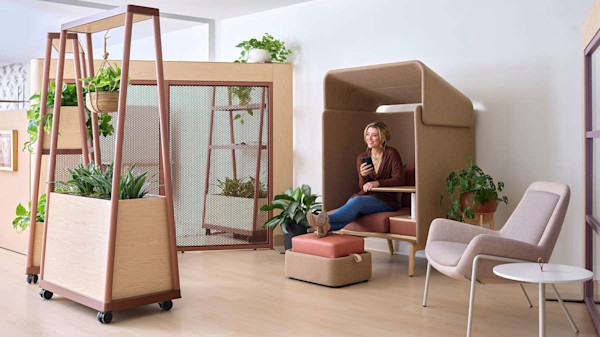
Maintain Flexibility
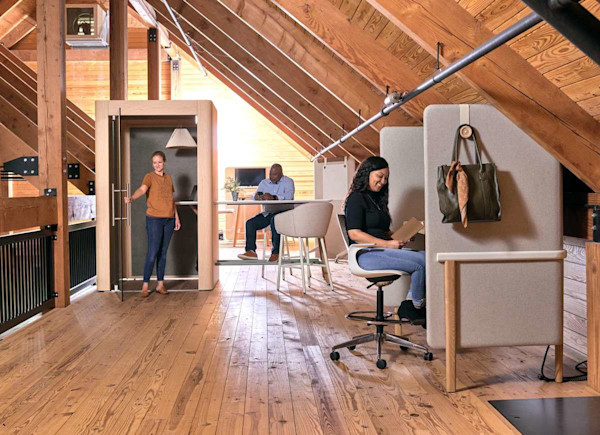
Relax the scheduling of in-office days to let employees continue to have the flexibility that working from home allowed.
Relax the scheduling of in-office days to let employees continue to have the flexibility that working from home allowed. But implement a calendar. The goal of this calendar is to create visibility to the where and when employees are working. This helps team members coordinate projects and allows managers and leaders to be in the office to interact with their teams. If there are days that you really want employees to be in the office, schedule events that might entice them to return. Lunch and learns are a popular way to get employees into the office while learning a new skill or about a new initiative. Schedule events that are both fun and relevant to your business. If your business thrives on innovation implement an Innovation Day with much of the work hours dedicated to creative ideas. Or for a business that requires a high level of focus work, schedule quiet hours where workers know they can go to the office to do some deep thinking.
From Remote to Hybrid
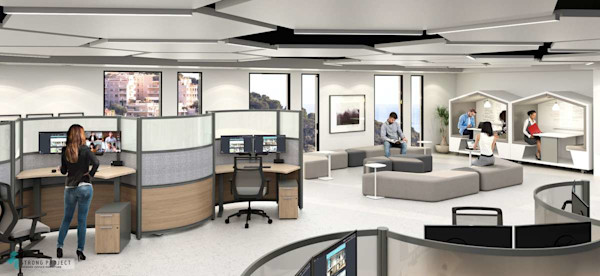
"Be a champion of hybrid work and in-person collaboration. The best experience any company can provide starts by gathering people together–two, three or four times a week–to collaborate, share and problem solve in person.”
Committing to a hybrid working model means ensuring the technology is available to prevent roadblocks. Whether that is issues connecting with remote workers, or problems getting the right people in the office on a specific day. Technology needs to be in place to create a successful hybrid environment. The right office design can also ensure that employees are able to collaborate freely no matter what size group is present on a particular day.
Encourage Connections

No matter what working model your company adopts, the office should always be the hub for collaboration and connection.
These connections shouldn't just be within one department or with the team members that work most closely together. Create opportunities in your organization for networking as well. This might come in the form of strategically planned groups during events, or it could look like a coffee or lunch periodically scheduled integrating team members of different levels and job descriptions. These interactions help the whole team feel more connected and understand the bigger picture of work within the organization. For many, working from home will always be a preference. For others, a hybrid schedule is best. But no matter what working model your company adopts, the office should always be the hub for collaboration and connection. Employees want to be in an office with a great environment. They want to work for a company with a thriving culture. And they want to have the flexibility to choose when and where they work. Create excitement around returning to the office, with events, connection, and of course food! Create excitement in your office space with an innovative design from StrongProject.



